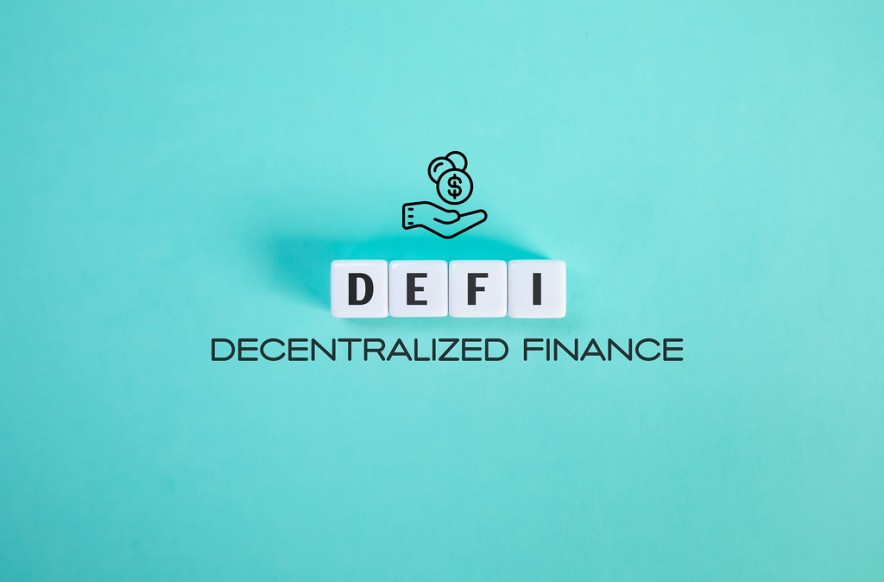Uniswap, SushiSwap, and Beyond: Evolution of Automated Market Makers (AMMs)
Sep 10, 2023, 9:01pm
In decentralized finance (DeFi), Automated Market Makers (AMMs) have emerged as revolutionary tools, reshaping traditional financial paradigms.
From trailblazers like Uniswap to innovative newcomers, the landscape is ever-evolving. AMMs have transformed crypto exchanges; bitcoin billionaire offers a solid foundation for Bitcoin trading.
Deep Dive into Uniswap
Uniswap stands out as one of the most recognized and widely adopted decentralized finance (DeFi) platforms in the world, and it has played a pivotal role in reshaping the DeFi landscape. Its rise to prominence can be traced back to its visionary approach, aiming to solve inherent liquidity problems that plagued the early stages of decentralized exchanges.
The story of Uniswap begins with its creator, Hayden Adams. Uniswap’s vision was clear from the outset: create a decentralized platform where anyone could trade tokens without relying on traditional market makers.
But what exactly is the Constant Product Market Maker model? In simple terms, it’s a system where liquidity is provided by users pooling their funds into a shared market, rather than traditional market makers setting buy and sell orders. This pool-based approach ensures that there’s always liquidity available for trades.
Prior to its introduction, decentralized exchanges struggled with inefficiencies and lack of liquidity. But Uniswap’s approach turned these challenges on their head. By democratizing access and giving users control, it brought forth a new era of decentralized trading, reducing barriers to entry and making it simpler and more efficient for anyone, anywhere, to participate in the world of DeFi.
SushiSwap: Fork or Evolution?
In the ever-evolving landscape of decentralized finance (DeFi), few stories have captured as much attention, intrigue, and debate as that of SushiSwap. Born out of the codebase of Uniswap, one of the DeFi world’s pioneering platforms, SushiSwap presents a fascinating case study: Is it merely a fork, or does it represent a meaningful evolution in the world of automated market makers (AMMs)?
SushiSwap’s inception was tinged with controversy. Initially perceived by many as just another opportunistic project trying to capitalize on the burgeoning DeFi frenzy, it presented itself as a direct competitor to Uniswap. Leveraging Uniswap’s open-source code, the SushiSwap protocol was introduced with a key difference: its native governance token, SUSHI.
But the intrigue around SushiSwap deepened when, shortly after its launch, the anonymous founder known as “Chef Nomi” suddenly liquidated a substantial portion of the developer funds, casting doubts about the project’s legitimacy and intentions.
Moving beyond its controversial beginnings, what truly sets SushiSwap apart, and pushes it towards evolution rather than just being a mere fork, are the unique features and enhancements it introduced. From its Onsen menu, which provides special incentives for lesser-known tokens, to the BentoBox lending platform, SushiSwap expanded its ecosystem to offer more than just a copy of Uniswap’s features.
Beyond Uniswap and SushiSwap: The Growing World of AMMs
While Uniswap and SushiSwap have undeniably set significant benchmarks in the DeFi arena, the universe of AMMs is vast and continually expanding. The innovation in this space has been nothing short of spectacular, with numerous projects emerging, each offering unique solutions and models, aiming to address the challenges and inefficiencies faced by their predecessors.
Balancer, for instance, emerged as a noteworthy contender, adding an extra layer of complexity and flexibility to the AMM model. Unlike Uniswap’s two-token pools, Balancer allows users to create liquidity pools with multiple tokens in varying proportions. This dynamic architecture automates portfolio management, keeping the value of each token in a pool balanced in accordance with predefined parameters.
Stablecoins, given their peg to stable assets, usually have prices that don’t vary drastically from one another. Curve recognizes this and offers a specialized AMM model that provides users with low slippage and reduced fees when trading between stablecoins, making it an attractive platform for those primarily dealing in such assets.
Its success is a testament to the fact that the AMM concept isn’t limited to one blockchain but is a universal idea that can be adapted and adopted across various ecosystems.
As the world of AMMs expands, so too do the challenges they face. One of the most prominent issues is that of impermanent loss, a phenomenon where liquidity providers can lose part of their staked assets’ value due to price fluctuations. Recognizing this, many newer AMM projects are exploring models and solutions to mitigate such losses, ensuring a more risk-averse environment for their users.
Conclusion
The rapid growth and diversification of AMMs underscore the transformative potential of DeFi. As these platforms redefine trade, liquidity, and user empowerment, they solidify their place in the future of global finance.





